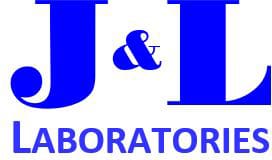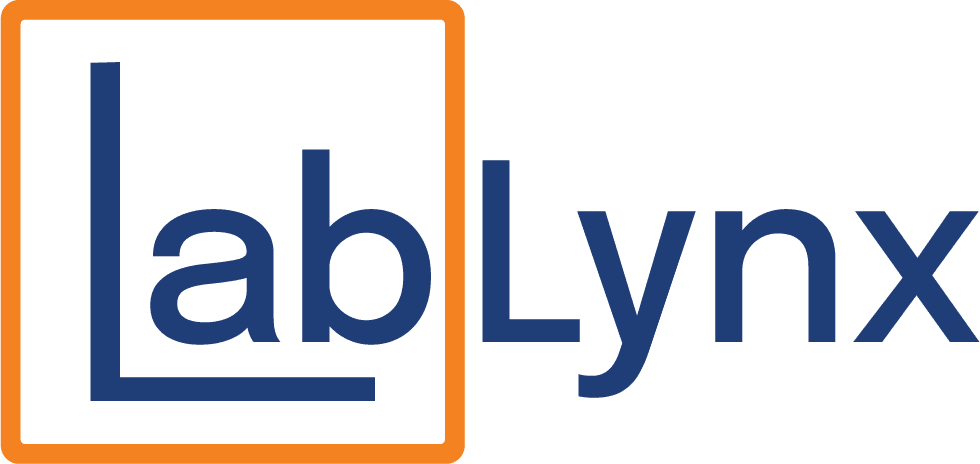J&L Laboratories

Industry: Oil Analysis
Client Since: 2019
Location: Midland, TX
To build a solid reputation amongst producers and chemical companies in the oil production industry, J&L Laboratories needed a flexible and affordable laboratory information management system (LIMS).
J&L Laboratories was founded in 2019 by a group of career oil field experts who wanted their testing lab to stand above the competition for its speed, accuracy, and integrity, the latter being especially important in an industry where the stakes are so high, and downtime is not an option.
Partnering with LabLynx, J&L was able to get its 3,000-square-foot lab in Midland, Texas, up and running within a matter of months while staying within a tight budget. Not only was the LabLynx LIMS the best value up-front, it enabled J&L to control its staff size for additional savings, and it showed a return on investment (ROI) in just three years.
LabLynx LIMS helped J&L to differentiate the company’s lab from the competition by providing a customer portal that lets clients quickly and securely get their results. About 70 percent of J&L’s reports are now delivered to clients through LabLynx LIMS, reducing calls, inquiries, and the need for additional administrative staff.
Main challenges in the oil field production industry
When oil comes out of the ground, it doesn’t look like 10W-30 motor oil as some people may expect, according to Sam Pruett, president of J&L Laboratories. “It is full of all kinds of contaminants and water and mud…you name it,” he said. “The objective in the oil field is to get that as close to refinable crude as possible so that it’s acceptable to the refineries and the pipelines. There’s a lot of processing that occurs before it can get there.”
Mineral scale is one of the biggest problems for oil field producers. “Everyone is familiar with scale buildup that occurs on their showerheads, but when you have wells that are producing hundreds to thousands of barrels of oil a day, they can produce 400 pounds of scale in a day.” Identifying the type of scale in a well field is important too because there are many different types of scale, ranging from calcium to barium sulfate, which is radioactive when it deposits.
“All these types of scale create havoc in oil and gas production systems when they are under pressure,” Pruett explained. “The more water there is, the more trouble that occurs because it creates scale and corrosion in particular. When it’s under pressure, a well becomes a lot like a soda bottle when you open it, and it pops and fizzes. The same thing happens as oil comes up from under high pressure; minerals which have been down there for millions of years start to precipitate and they stick to anything they can, including pumps and tubing coming up from the ground.”
Once the oil starts to cool and lose pressure, it can scale up an operation very quickly, said Pruett. “When that happens, the situation gets a lot of high-level attention from producers. There’s a lot of pressure on them to make sure that they keep their wells running, and when oil prices are where they are now, downtime is plain unacceptable.”
“You can’t beat LabLynx for the value, the custom configuration, and the ability for us to streamline the order entry process and the whole reporting process. We figure we save at least two head count through efficiencies gained from organizing our work within LIMS as well as reporting automation. We estimate we are saving anywhere from $130K to $200K per year.”
J&L testing lab helps oil production companies mitigate risk and reduce downtime
The J&L lab provides analytical and performance testing on fluids and solids drawn from oil field drilling sites to determine whether the unique combination of oil, water, and other substances at each site will clog pumps, motors, and screens. The main goal of this performance testing is to proactively prevent scale, wax, and corrosion issues that can slow down the drilling and oil recovery process. J&L’s clients are primarily oil producers and chemical companies that work for the producers.
“We take samples of the oil and water and will characterize them for their scaling potential, their corrosion potential, and wax deposition,” Pruett explained. “Then we utilize some pretty unique instruments and x-ray devices to determine which chemicals and dosages can best mitigate that corrosion, scale, and wax.”
The volume of samples is very high because multiple samples must be taken during every stage of the process, including before, during, and after drilling. “If a chemical company is surveying a producer’s field to win their business, the producer will generally ask them to survey 10 percent of the field, and that field could contain 1,200 wells, so it’s not uncommon for us to get hundreds of samples a day.”
LabLynx LIMS enables J&L Laboratories to test a high volume of samples without sacrificing speed or accuracy
To meet its clients’ needs, J&L founders knew they needed a LIMS that could handle the massive volume of samples its lab processes on a daily basis, without sacrificing speed or accuracy. Since its lab was just getting off the ground in 2019, when it began comparing LIMS systems, it also wanted a solution that was affordable and scalable to grow with the company into the future.
After looking at three or four options, the company chose LabLynx LIMS. Cost was a deciding factor, in addition to the fact that no other LIMS solution offered an off-the-shelf customer portal. “To me, that was the key piece that would differentiate us amongst our competition,” said Pruett.
“There was a gap in the market in speed and accuracy, which were key drivers that brought us to market, and there was also an integrity issue with some of the labs in our industry doing evaluation work,” he explained. “But then to make us stand out, we wanted a differentiator, and that was the customer portal with all the downloadable report formats. The customer portal runs on a SQL database and has a very user-friendly interface. And so far, our clients have all been very happy with the results.”
Even more central, LabLynx LIMS enables J&L to deliver the accuracy its customers require. “With the high sample count and the demand for accuracy, there is no tolerance for losing samples or samples getting swapped,” Pruett said. “Organizing our work through the use of LabLynx LIMS and the ability to capture data the way we do ensures that accuracy.”
Customization was another feature that was important to J&L. “With LabLynx LIMS, we’ve been able to do custom configurations to streamline the workflow,” he said.
There are a number of enhancements that J&L plans to make in the future. It’s just a matter of budget and time, according to Pruett. One planned enhancement is to integrate the LIMS directly with client databases. Another is to provide more detailed tracking information to customers.
“We barcode our samples, but one of the things that’s on our wish list is to scan the samples at different points in the lab, because some of them go through multiple tests,” he said. “The system could then tell customers where their samples are in the process just like a pizza tracker. The system already tells clients if a sample is pending, so that they know it’s been received by us and in the process.”
LabLynx LIMS enables J&L to focus on its lab and run with a smaller staff
The LIMS customer portal gives J&L clients the option to log in their own water analysis samples with details such as field measurements, temperature, pressure, and pH before dropping off or having the physical samples delivered to the lab. This drastically reduces the amount of data entry by staff at their Midland lab.
Samples are run through several testing instruments, which are Wi-Fi-enabled and integrated with LabLynx LIMS, and proprietary J&L software that generates scaling indexes. The data is then fed back into the LIMS software to generate client reports. “With LabLynx LIMS, the only thing our people do other than prep the samples and put them on the instruments is review the results. If they’re satisfied with what they see, they approve the report, and the customer is emailed,” Pruett said.
“LabLynx has been great to work with, and they implemented an innovative solution when J&L wanted to program the scaling indexes into the system,” he said. “They came up with this great idea to set up Excel on a standalone desktop and integrated that with the LIMS, as well as our Wi-Fi enabled instruments, to automate the whole thing. It’s magic to me, but it is a really slick solution. And I guarantee that it saves us at least one head count just on that solution itself.”
J&L Laboratories has seen gains on its investment in LabLynx LIMS in just three years. “We figure we save at least two head count through efficiencies gained from organizing our work within LIMS, as well as reporting automation. We estimate we are saving anywhere from $130K to $200K per year,” Pruett said.
Basically, the reporting tools in the LIMS cut down on the need for additional administrative staff to field calls and inquiries from clients about their sample results as the company grows. And since administrative staff doesn’t create revenue, J&L can focus on its lab staff that does support the revenue stream. “That’s really the greatest manifestation of the efficiencies provided by the LIMS,” he said.
Another satisfied LabLynx LIMS customer
Pruett believes that J&L Laboratories made a befitting decision and got exceptional value when it chose LabLynx LIMS. “You can’t beat LabLynx for the value, the custom configuration, and the ability for us to streamline the order entry process and the whole reporting process,” Pruett said.
He added: “Our LabLynx LIMS allows us to organize and track our work in a way that avoids lost or swapped samples and maintain our published turnaround times. You are only as good as your last performance, so accuracy and timeliness is critical to our survival and continued success in the oil field industry. Very important decisions regarding very expensive oil and gas production assets are being made based on our results, so we cannot afford to fail.”
“Our LabLynx LIMS allows us to organize and track our work in a way that avoids lost or swapped samples and maintain our published turnaround times. You are only as good as your last performance, so accuracy and timeliness is critical to our survival and continued success in the oil field industry. Very important decisions regarding very expensive oil and gas production assets are being made on our results, so we cannot afford to fail.”
